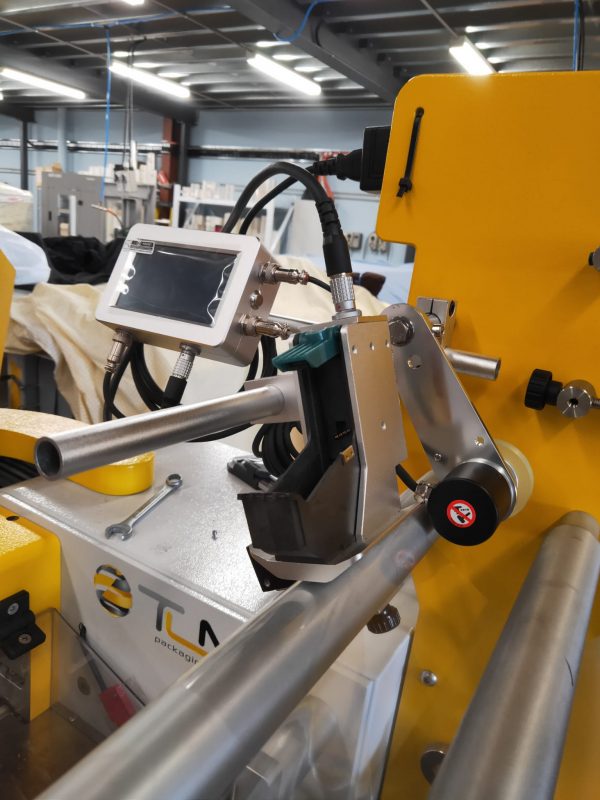Thermal Transfer Overprinter (TTO)
Difference between Thermal transfer overprinter and Thermal inkjet printer
Thermal transfer overprinters (TTOs) and thermal inkjet printers (TIJs) are two types of printing technologies used in industries such as food processing, packaging, and manufacturing. While both are effective at printing variable information such as dates, batch codes, and barcodes, there are some key differences between the two technologies.
Thermal Transfer Overprinters (TTOs)
TTOs use a ribbon that is heated by a printhead to transfer ink onto a substrate. The ribbon is composed of a base material, such as polyester, and a heat-sensitive ink layer. When heated, the ink is transferred from the ribbon to the substrate, creating a high-quality print. TTOs are ideal for printing on a wide range of substrates, including flexible packaging films, labels, and cardboard.
One advantage of TTOs is their flexibility in printing variable data. They can print high-resolution text, graphics, and barcodes at high speeds, making them suitable for high-volume applications. TTOs also have a long ribbon life, reducing the frequency of ribbon changes and the associated downtime. They are also low-maintenance, with most models requiring quarterly maintenance.
Thermal Inkjet Printers (TIJs)
TIJs use heat to create a small bubble of ink that is ejected from a printhead and onto the substrate. The ink is transferred onto the substrate through contact between the printhead and the substrate. TIJs are suitable for printing on a variety of substrates, including paper, cardboard, and plastic. They are commonly used in industries such as printing, packaging, and pharmaceuticals. One advantage of TIJs is their ability to print high-resolution images and text on a wide range of substrates. They are also low-maintenance, with most models requiring minimal cleaning and upkeep. TIJs are also easy to use, with many models featuring plug-and-play functionality.
Differences between TTOs and TIJs
One key difference between TTOs and TIJs is the printing technology used. TTOs use a ribbon and heat to transfer ink, while TIJs use heat to create a bubble of ink that is ejected onto the substrate. As a result, TTOs are better suited for printing on flexible packaging films, while TIJs are better suited for printing on paper, cardboard, and plastic.
Another difference between the two technologies is the cost of consumables. TTOs use a ribbon, which can be more expensive than the ink used in TIJs. However, TTOs have a longer ribbon life, which can reduce the frequency of ribbon changes and associated downtime.
In terms of maintenance, TTOs require more frequent maintenance than TIJs. TTO printheads need to be cleaned regularly to prevent ink buildup, while TIJ printheads require minimal cleaning.
Conclusion
Both TTOs and TIJs are effective at printing variable data on a variety of substrates. The choice between the two technologies will depend on the specific application and substrate being printed on. TTOs are best suited for printing on flexible packaging films, while TIJs are better suited for printing on paper, cardboard, and plastic. Consider the cost of consumables and maintenance requirements when choosing between the two technologies

